Ever wondered why athletes move with such grace and power? A significant part of their athleticism lies in the strength and flexibility of their adductor muscles. These often-overlooked muscles play a crucial role in stability, performance, and injury prevention. This blog post will guide you through the top exercises to effectively target and build your adductors, ensuring you achieve balanced lower body strength.
Understanding the Adductor Muscles
The adductor muscles, located in the inner thigh, are responsible for moving the leg toward the body’s midline, a motion known as adduction.
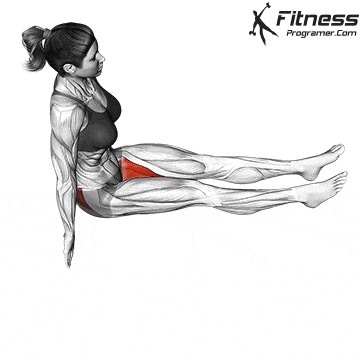
The adductors include the obturator externus, pectineus, gracilis, adductor brevis, adductor longus, adductor magnus, and adductor minimus (1). These muscles play a crucial role in stabilizing the hips, controlling leg movement, and maintaining balance, and they assist in hip extension, particularly during activities like squatting and deadlifting. While they may not be as prominent as other muscle groups, they are essential for a wide range of activities.
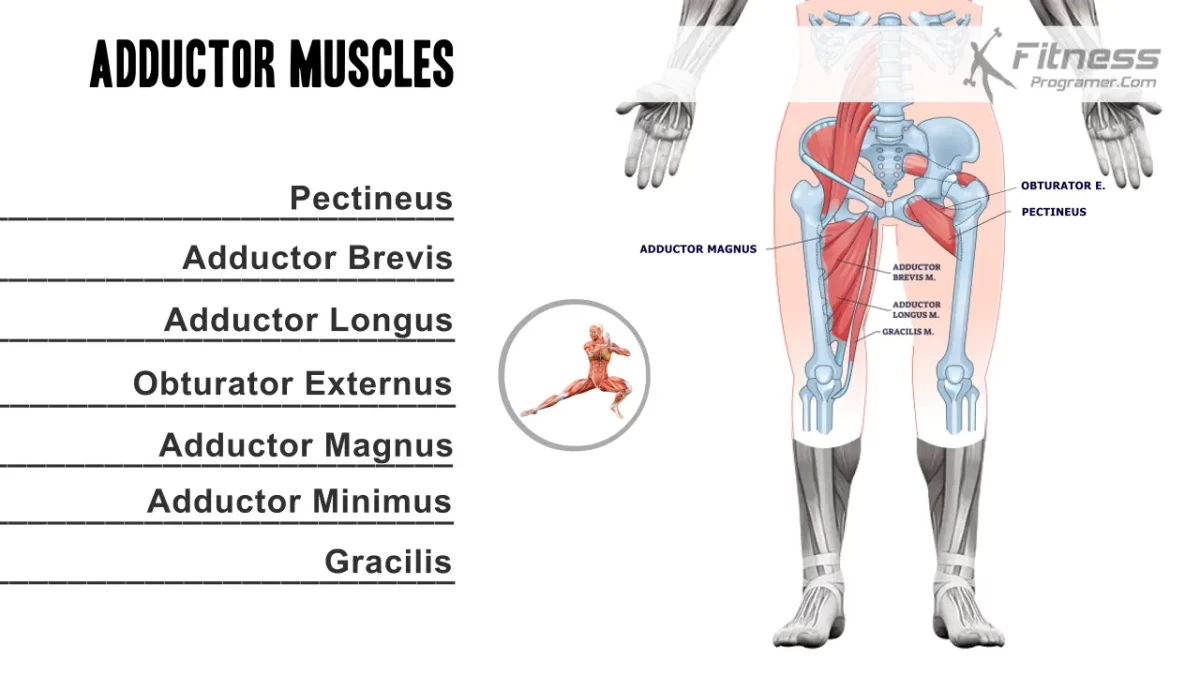
Why Strengthening the Adductor Muscles is Essential
The adductor muscles are key players in stabilizing the pelvis and controlling side-to-side leg movements. Strengthening these muscles enhances your ability to maintain balance during various activities, such as walking, running, or standing on one leg. This stability is especially important for athletes who engage in sports requiring quick directional changes. Other benefits of strengthening the adductor muscles can be listed as follows.
1. Enhanced Athletic Performance:
Strong adductors contribute to better performance in sports and activities that involve lateral movements, such as soccer, ice hockey, tennis, basketball, and martial arts. These muscles help generate power during side lunges, kicks, and other movements that require forceful adduction (bringing the legs together).
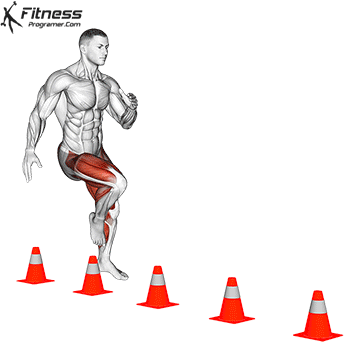
2. Injury Prevention:
Weak adductors can lead to muscle imbalances, putting extra strain on other muscles and joints, particularly the knees and hips. Strengthening the adductors helps prevent common injuries such as groin strains, knee pain, and hip instability.
3. Improved Posture and Alignment:
The adductors play a role in maintaining proper alignment of the hips and pelvis. Strengthening these muscles can help improve posture by supporting the pelvis in a neutral position, which in turn reduces the risk of lower back pain and other posture-related issues.
4. Enhanced Flexibility and Range of Motion:
In addition to strengthening, exercises that stretch the adductors, such as the Thigh Fly (Adductor Magnus Stretch), improve flexibility and range of motion in the hips and thighs. This increased flexibility is essential for performing everyday movements with ease and for reducing stiffness in the lower body.
Exercises to Strengthen the Adductors
Warm-up:
Before diving into the exercises, it’s important to warm up your muscles to prevent injury and prepare your body for the workout. To effectively warm up the adductors, perform 2-3 sets of 10-12 repetitions, maintaining proper form.
Here are some effective warm-up moves:

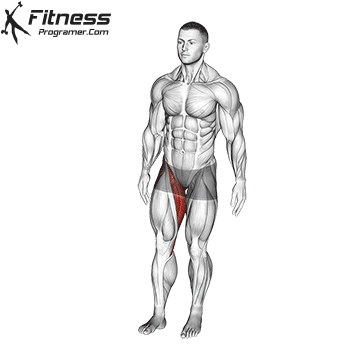
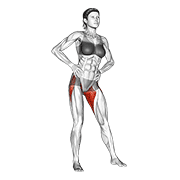
- High Knee Run: Start with a dynamic high knee run, lifting your knees to hip level while keeping your core engaged. This warms up your legs and gets your heart rate up.
- Standing Leg Circles: Stand on one leg and make small circles with the other leg, gradually increasing the size of the circles. This helps to loosen up your hips and engage the adductors.
- Hip Circles Stretch: Place your hands on your hips and make large circles with your hips, moving clockwise and counterclockwise. This mobilizes the hip joints and activates the surrounding muscles.
1. Side Lying Hip Adduction:
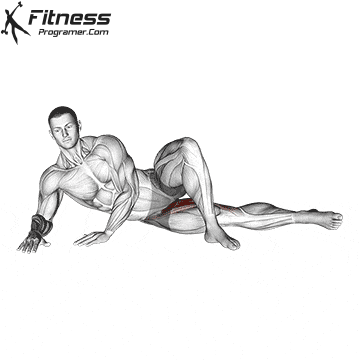
How to Perform:
- Starting Position: Lie on your side with your bottom leg straight and your top leg bent over the bottom leg for support.
- Movement: Slowly lift your bottom leg towards the ceiling while keeping it straight. Hold for a second at the top, then lower it back down with control.
- Repetitions: Perform 2-3 sets of 12-15 repetitions on each side, focusing on engaging the inner thigh muscles.
2. Sumo Squats:
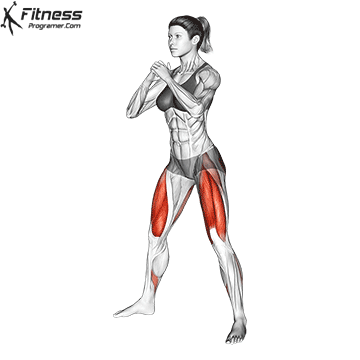
How to Perform:
- Starting Position: Stand with your feet wider than shoulder-width apart, toes pointed slightly outward.
- Movement: Lower your body into a squat by bending your knees and pushing your hips back, keeping your chest up. Focus on squeezing your inner thighs as you return to the starting position.
- Repetitions: Perform 2-3 sets of 12-15 repetitions, ensuring proper form to engage the adductors effectively.
Advanced variations:
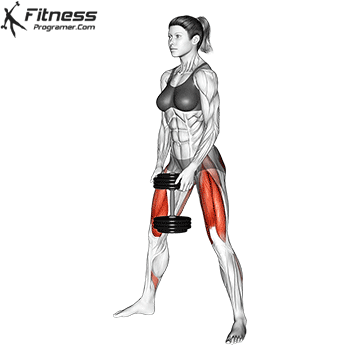
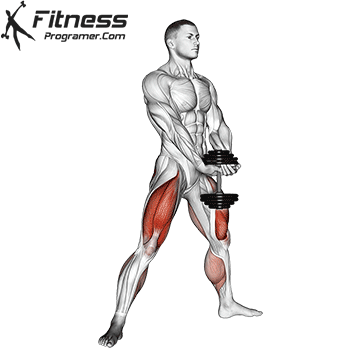
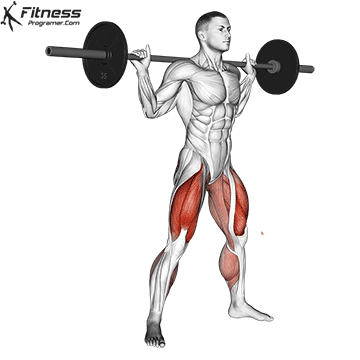
3. Adductor Machine Exercise:
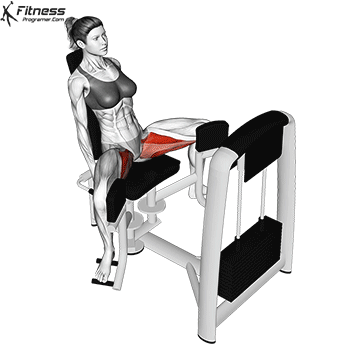
How to Perform:
- Starting Position: Sit on the adductor machine with your legs positioned against the pads.
- Movement: Slowly bring your legs together against the resistance, focusing on contracting the inner thigh muscles. Hold for a moment, then return to the starting position.
- Repetitions: Perform 2-3 sets of 10-12 repetitions with controlled movements to strengthen the adductors.
4. Side Lunges:
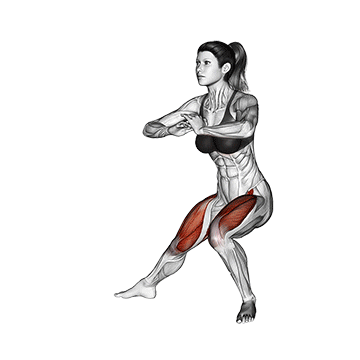
How to Perform:
- Starting Position: Stand with your feet hip-width apart.
- Movement: Take a large step to the side, bending your knee and lowering your body into a lunge position while keeping your other leg straight. Push off your bent leg to return to the starting position.
- Repetitions: Perform 2-3 sets of 12-15 repetitions on each side, ensuring your inner thigh muscles are engaged throughout the movement.
Progress:
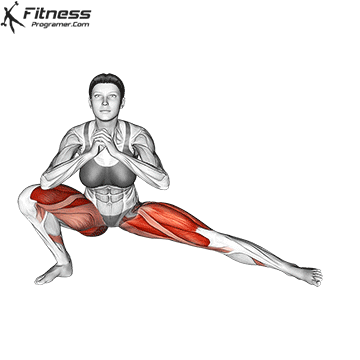
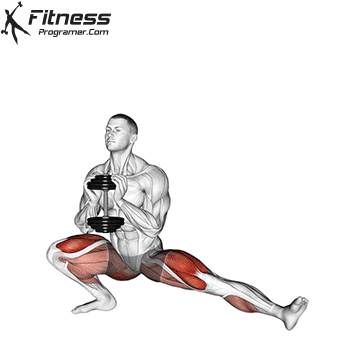
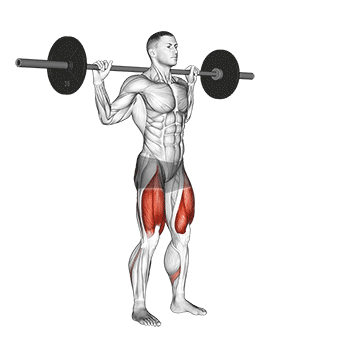
5. Standing Hip Adduction with Resistance Band or Cable:
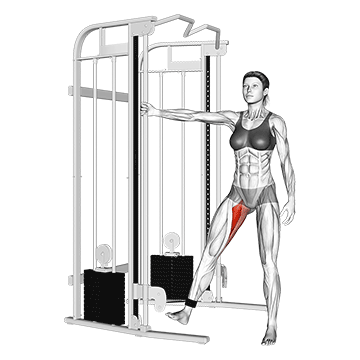
How to Perform:
- Starting Position: Attach a resistance band to a sturdy object and loop it around your ankle. Stand with the band pulling your leg to the side.
- Movement: Slowly pull your leg across your body against the resistance, focusing on using your adductor muscles. Return to the starting position with control.
- Repetitions: Perform 2-3 sets of 12-15 repetitions on each leg, gradually increasing resistance as you gain strength.
Cooldown:
After completing your workout, cool down with stretches to enhance flexibility and help your muscles recover. Hold the movements for 10 to 20 seconds. During the cooldown, focus on relaxing into the stretch and breathing deeply to allow your muscles to lengthen and recover.
Here are some effective cooldown stretches:
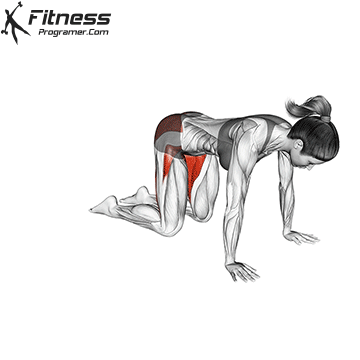
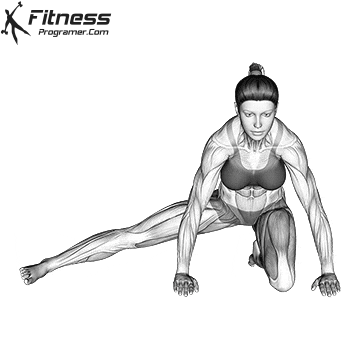
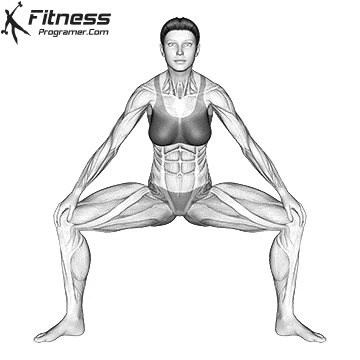
- Frog Pose: A deep stretch for the adductors and hips, the frog pose opens up the inner thighs and relieves tension.
- Kneeling Leg Out Adductor Stretch: Kneel on one knee and extend the other leg out to the side, gently leaning forward to stretch the adductors.
- Standing Wide Knees Adductor Stretch: Stand with your feet wide apart and slowly lower your torso forward, stretching the inner thighs.
Integrating Adductor Exercises into Your Routine
To achieve balanced lower body strength, incorporate adductor exercises into your regular workout routine. Aim to perform these exercises 2-3 times per week, either as part of a dedicated lower body workout or as a supplementary component to your existing routine. Remember to warm up before exercising and cool down with stretching to enhance flexibility and prevent injury.



